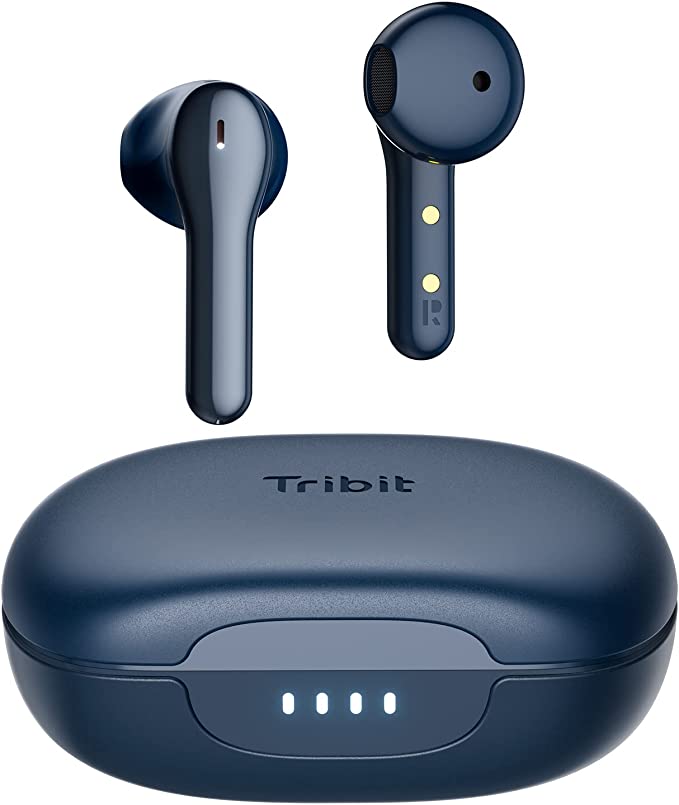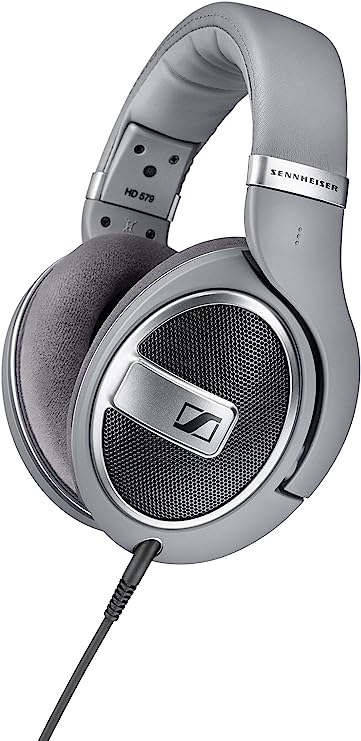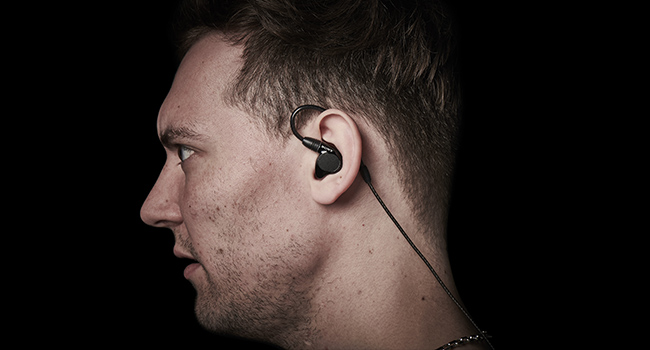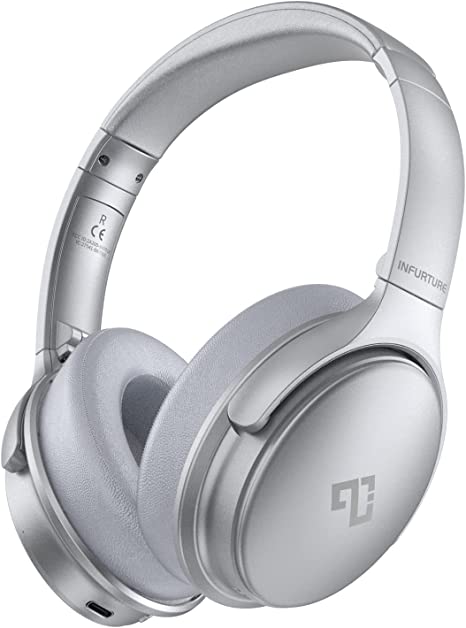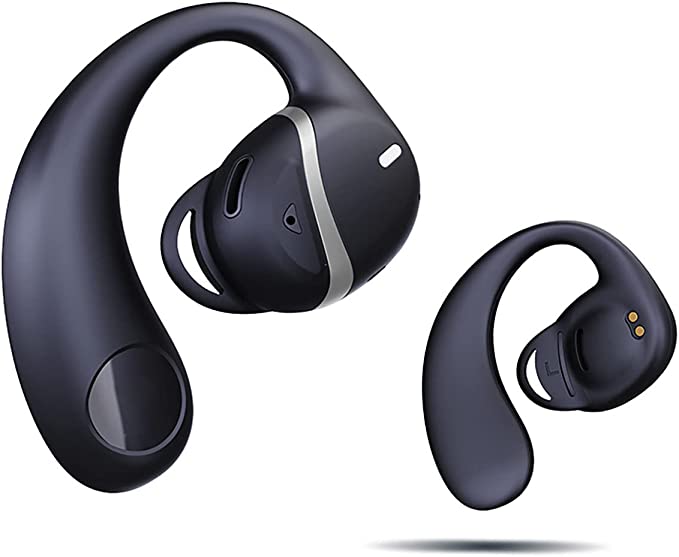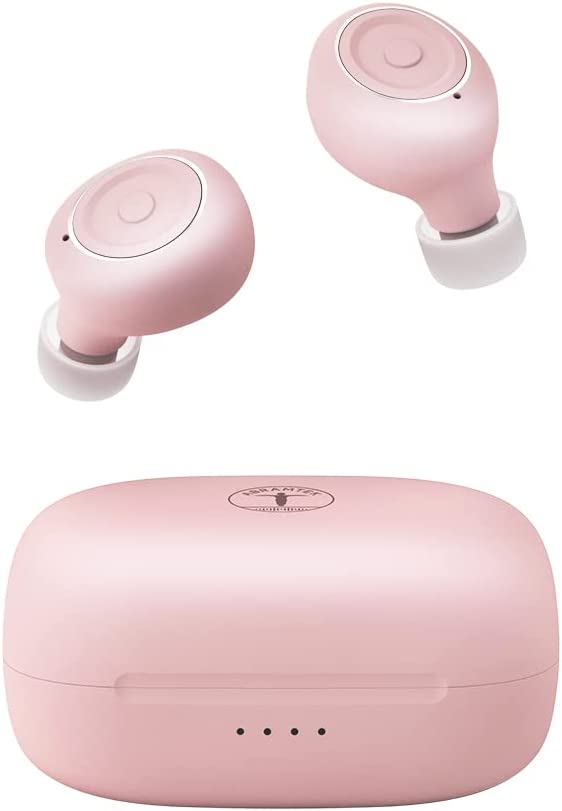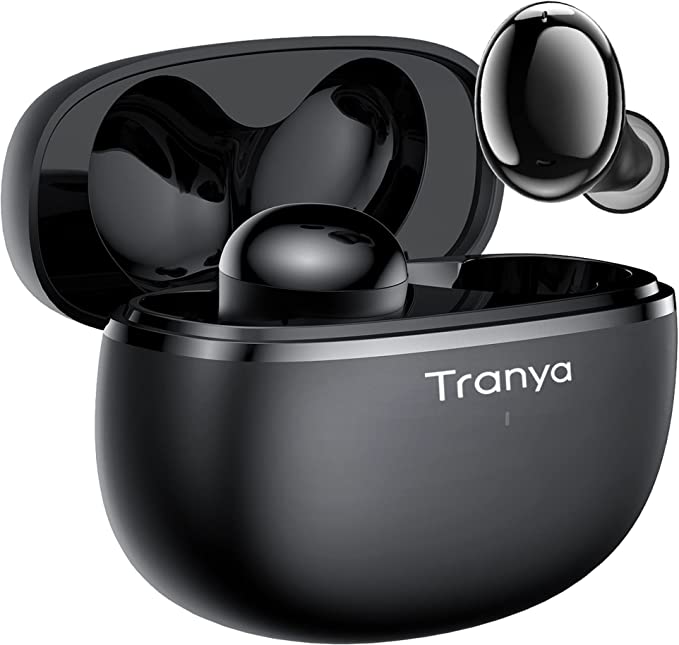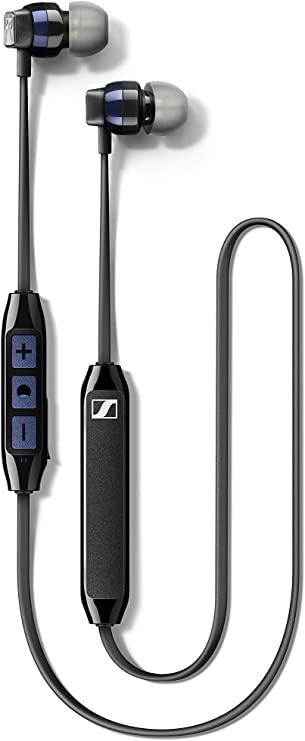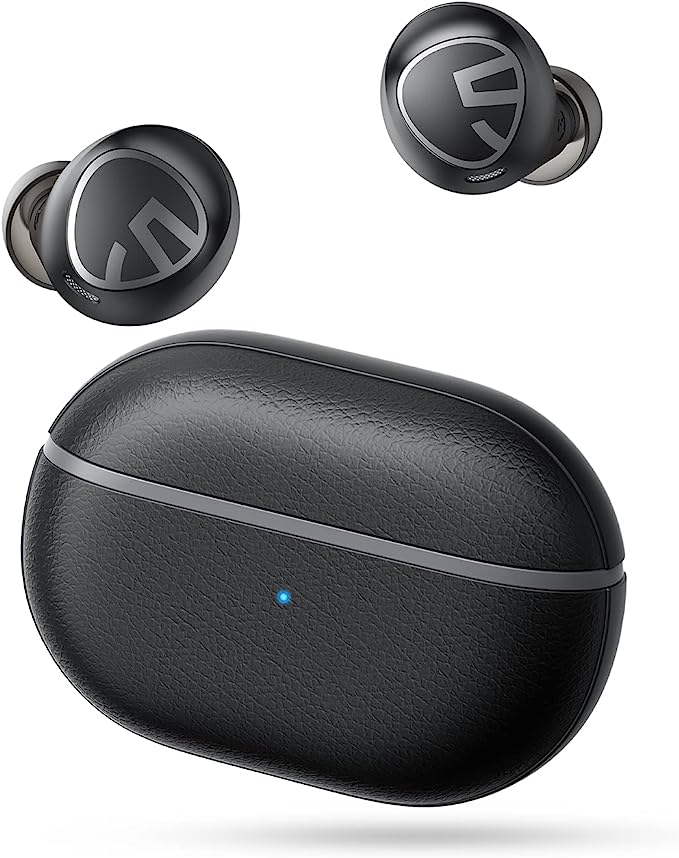Hamilton Buhl Additional Mono EarBuds for ALS700 - Clear Audio for Assisted Listening
Update on June 29, 2025, 6:30 a.m.
It’s a feeling many of us know intimately. You’re sitting in a beautiful, resonant church, a grand university lecture hall, or a lively family gathering. A sea of sound washes over you—the gentle coughs, the rustling of paper, the distant chatter. And in the middle of it all, the voice you want to hear, the one that matters, becomes just another thread in a tangled acoustic tapestry. You lean in, you strain, but the words remain elusive, lost in the murmur. This frustrating experience isn’t about a lack of volume; it’s about a lack of clarity.
In public spaces, ensuring everyone can hear is not just a courtesy; it’s a cornerstone of accessibility, recognized by regulations like the Americans with Disabilities Act (ADA). The technology designed to bridge this gap is called an Assistive Listening System (ALS). These systems act like a personal radio station, capturing a speaker’s voice and transmitting it directly to a listener. And at the very end of this chain, you’ll often find a device like the Hamilton Buhl Additional Mono EarBuds (ALSB700). It’s a simple, wired earpiece. But it holds a fascinating secret, one that challenges our modern obsession with immersive audio.
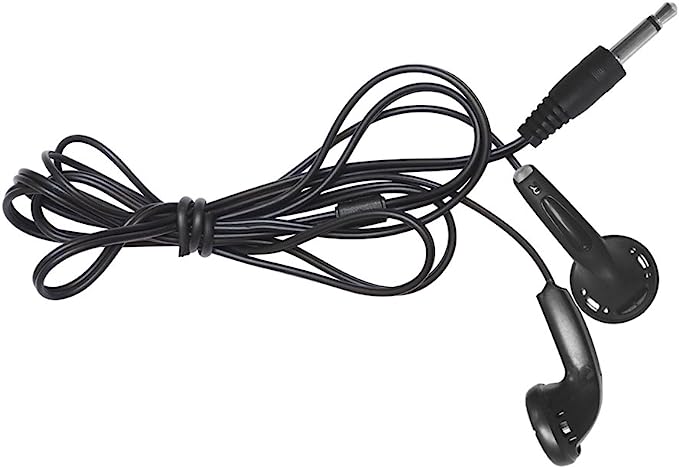
It’s a mono earbud.
In an age of multi-channel surround sound and binaural stereo that can place you in a virtual world, why would a device designed for better hearing deliberately use a single audio channel? As an audio engineer, I can tell you this isn’t a cost-cutting measure or a step backward. It’s a brilliant, deliberate step forward, rooted in the deep science of how our brains actually listen.
The Spotlight and the Floodlight
To understand the genius of mono for speech, let’s use an analogy. Imagine you’re trying to read a book in a dimly lit room.
Stereo sound is like a floodlight. It illuminates the entire room, creating a sense of space and atmosphere. You see the bookshelf, the armchair, the pattern on the rug. It’s immersive and expansive. This is perfect for listening to music or watching a movie, where the goal is to feel enveloped by the environment.
Mono sound, however, is a spotlight. It doesn’t try to light up the whole room. Instead, it directs a single, intense beam of light directly onto the page of your book. The rest of the room fades into the background. The text is sharp, crisp, and effortless to read.
When the goal is to understand human speech, your brain doesn’t need the whole room illuminated. It needs a spotlight on the words.
Giving Your Brain a Break
This isn’t just a poetic comparison; it’s a matter of psychoacoustics, the study of how we perceive sound. Listening to speech in a noisy environment is hard work for the brain. It has to perform a constant miracle of filtering known as the “cocktail party effect”—zeroing in on one voice amidst a cacophony.
When you listen to stereo audio, your brain is given two slightly different signals and tasked with combining them. It has to process spatial cues, locate the sound, and build a mental map of the acoustic space. This is a significant mental effort, what psychologists call “cognitive load.” It’s like trying to juggle three balls while reciting a poem.
Mono audio elegantly removes this burden. It delivers one, and only one, identical signal. The brain is freed from the task of juggling spatial information. All its processing power can be dedicated to the single most important job: decoding language. The result is not just hearing, but understanding, with far less strain. One user of this exact system, after trying it at his church, simply said it “helps them so much”—a testament to this newfound ease of listening.
The Physics of a Pure Signal
There’s another, more physical reason why mono reigns supreme for clarity. Sound travels in waves. When a stereo system records a voice in a room, it captures slightly different versions of those waves at each microphone. As these waves bounce around the room, they can interfere with each other. Sometimes, the peak of one wave meets the trough of another, leading to “phase cancellation,” which can make certain frequencies sound weak or hollow. This is what can give audio a “muddy” quality.
Mono sidesteps this problem entirely. By combining all audio information into a single channel at the source, it presents a unified, robust signal. There are no competing waves to cancel each other out. This dramatically improves the all-important signal-to-noise ratio (SNR)—the mathematical measure of how much stronger the desired signal (the voice) is than the background noise. For anyone with even a mild hearing impairment, a high SNR is the difference between comprehension and confusion.
When Design Serves a Single Purpose
Look closely at the Hamilton Buhl ALSB700, and you see this “spotlight” philosophy in every detail. It is a masterclass in purpose-driven design, a concept that a company with roots in educational and industrial audio since 1933 understands well.
The in-ear form factor isn’t just for comfort; it creates a physical seal, acting as a passive noise barrier. It’s like quietly closing the door on the room’s distracting sounds before the spotlight even turns on.
The wired connection is another deliberate choice. In a public setting where reliability is absolute, a wire is an unbreakable promise. There is no risk of wireless interference, no frustrating pairing process, and no battery to die at a crucial moment. It delivers the audio with zero latency, which is critical for following a live speaker. It simply works, every time. As one reviewer from Spain so perfectly put it, the sound is “Buen sonido, fuerte y entendible”—good sound, loud and understandable. That is the entire mission, fulfilled.
The Simple Power of a Clear Voice
Let’s return to that room, that sea of sound. But now, with a simple mono earbud in place, the world transforms. The acoustic fog lifts. The distracting murmurs recede into a gentle hum. And out of the background, a single human voice emerges—crisp, clear, and present, as if the speaker were talking only to you.
The Hamilton Buhl ALSB700 is more than an accessory. It is an instrument of inclusion. It’s a reminder that the most advanced technology isn’t always the one with the most features, but the one that best understands the problem it needs to solve. In the complex and often noisy world of human communication, there is a profound, scientific elegance in the clarity of a single, focused spotlight.















